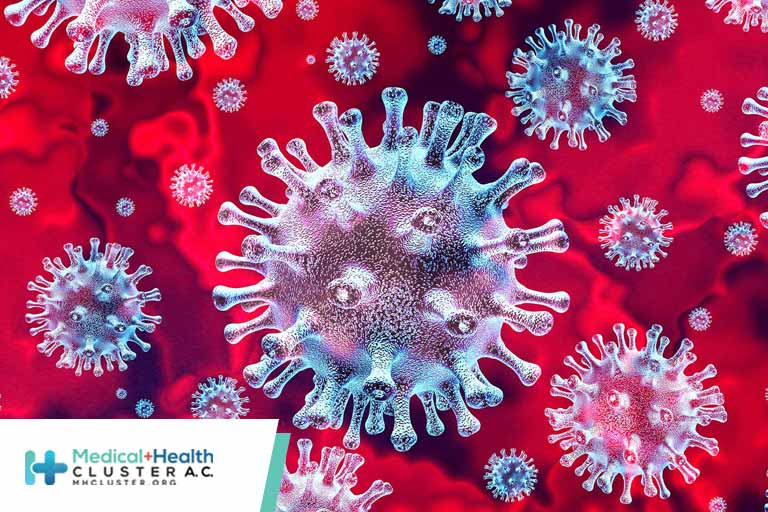En atención a la creciente preocupación sobre la confianza en...
Leer más
COVID-19: Monoclonal Antibody / Anxiety & Depression / Helmet Ventilation vs. High-Flow Nasal Oxygen / Bamlanivimab & Variants

Monoclonal antibody treatment: GlaxoSmithKline and Vir Biotechnology are seeking emergency use authorization for their investigational monoclonal antibody treatment for early COVID-19. In an interim analysis of an efficacy trial of nearly 600 adults with COVID-19 who were at high risk for hospitalization, VIR-7831 was associated with an 85% lower risk for hospitalization or death, relative to placebo. The trial was stopped early “due to evidence of profound efficacy”.
Anxiety & depression: The mental health struggles of the COVID-19 pandemic have continued into 2021, according to new data in MMWR. Nearly 800,000 U.S. adults completed online surveys about their mental health. From August 2020 to February 2021, the percentage of respondents who had symptoms of either an anxiety or depressive disorder in the past week increased from 36% to 42%. The percentage who said they needed but didn’t receive counseling or therapy in the past 4 weeks also increased, from 9% to 12%. Younger adults and those without a high school education experienced the largest increases. By February 1, 57% of those aged 18 to 29 years and 50% of those who didn’t finish high school said they’d had symptoms of anxiety or depression in the prior 7 days.
Helmet ventilation vs. high-flow nasal oxygen: Helmet noninvasive ventilation did not reduce the amount of time on respiratory support for patients with COVID-19 hypoxemia, compared with high-flow nasal oxygen, according to a JAMA trial. Roughly 100 patients with COVID-19 and moderate-to-severe hypoxemic respiratory failure in Italian intensive care units were randomized to receive helmet ventilation or high-flow nasal oxygen. At 28 days, the time spent free of respiratory support — the primary outcome — was statistically similar between groups (20 days for helmet ventilation vs. 18 days for high-flow nasal oxygen). However, the helmet ventilation group did have significantly lower rates of endotracheal intubation (30% vs. 51% for the high-flow nasal oxygen group), and the median number of days free of invasive ventilation was higher in the helmet group (28 vs. 25 days). The authors write: “These results indicate that noninvasive respiratory support with helmet noninvasive ventilation did not directly affect the disease process and the duration of the need for respiratory support, but enabled successful noninvasive management with avoidance of intubation in a greater proportion of patients.”
Bamlanivimab & variants: The U.S. Department of Health and Human Services said last week that it would stop distributing the monoclonal antibody bamlanivimab as a stand-alone therapy given its limited effectiveness against SARS-CoV-2 variants. Clinicians may consider using another authorized monoclonal antibody therapy against circulating variants. Bamlanivimab may still be effective when paired with etesevimab.
LINK(S):
GlaxoSmithKline news release on VIR-7831 (Free)
MMWR article (Free)
JAMA article (Free)
HHS information on bamlanivimab and variants (Free)
NEJM Journal Watch COVID-19 page (Free)
NEJM COVID-19 page (Free)
Créditos: Comité científico Covid




